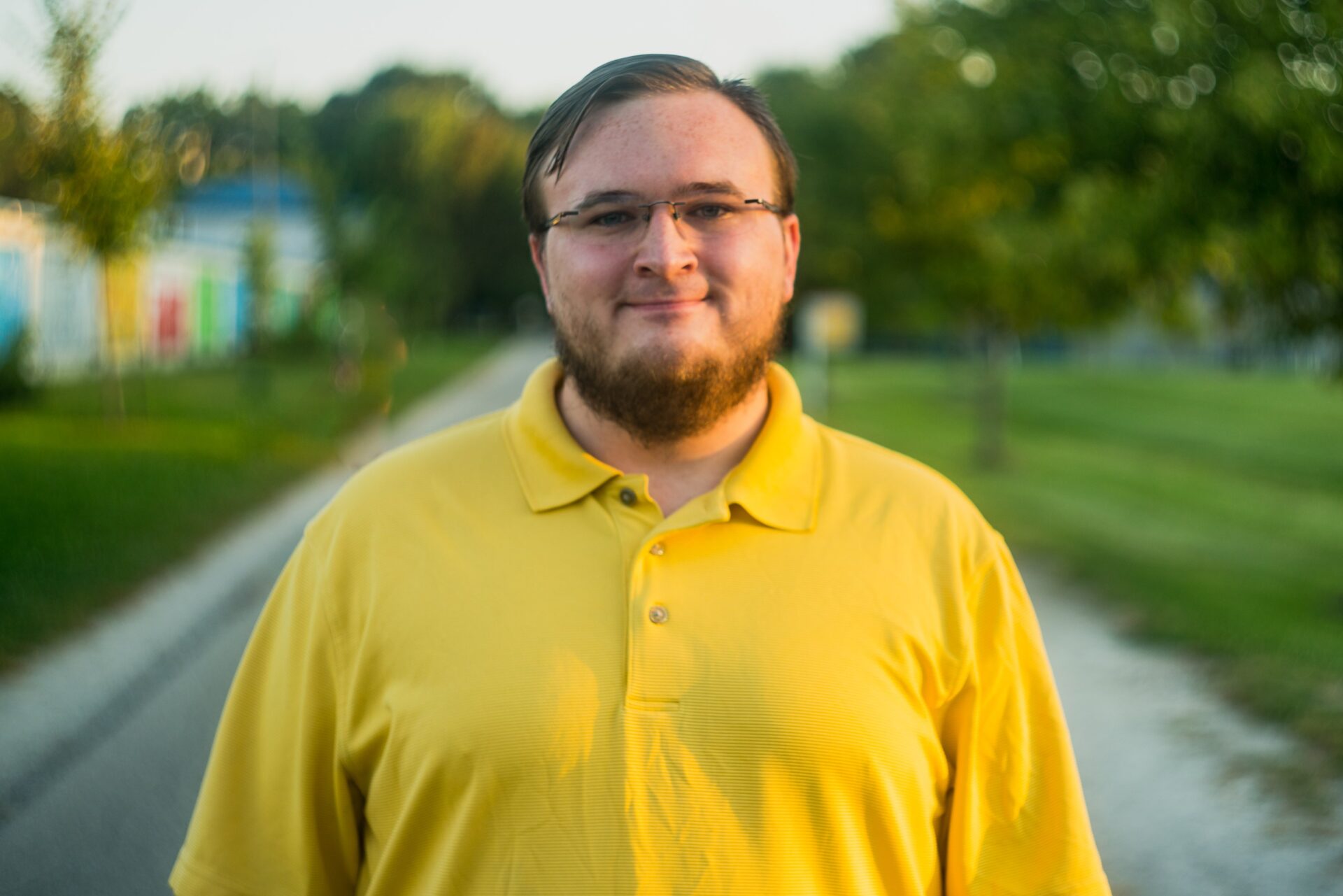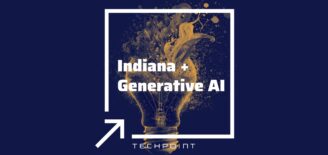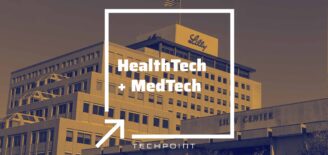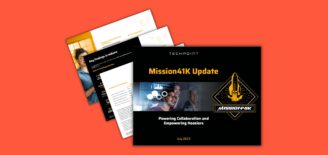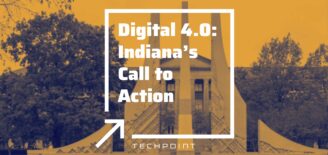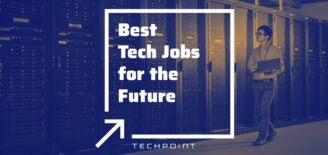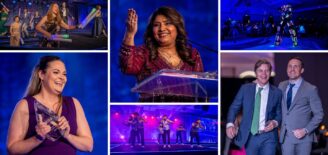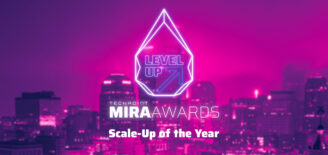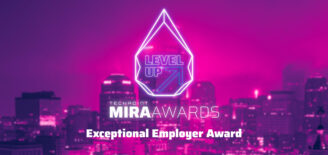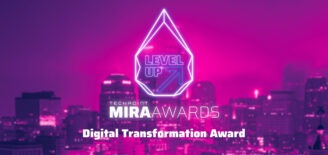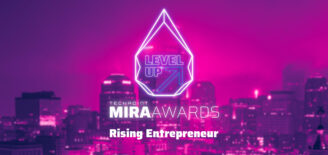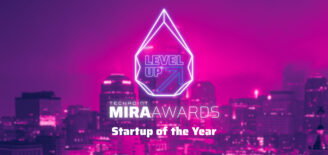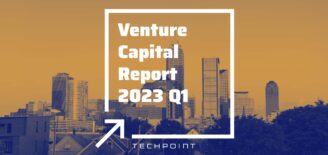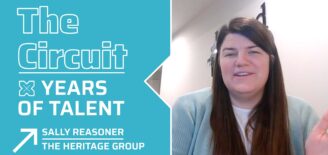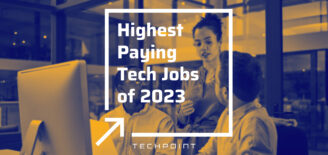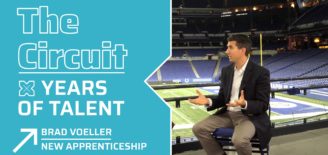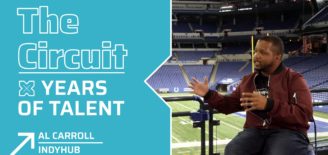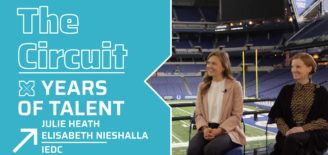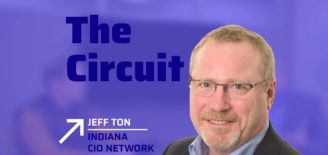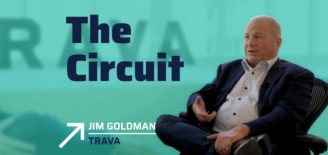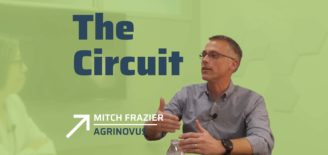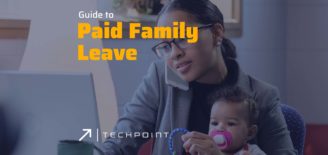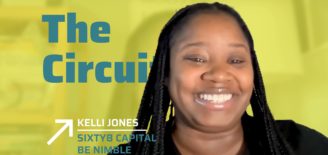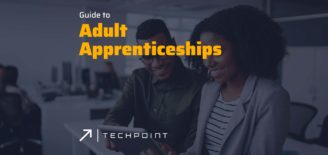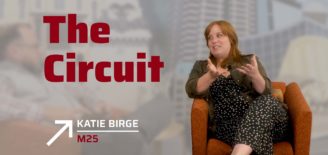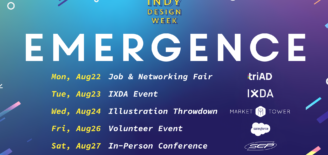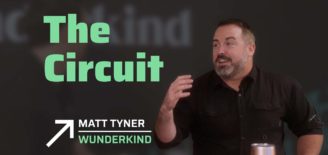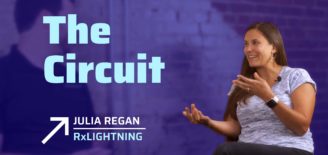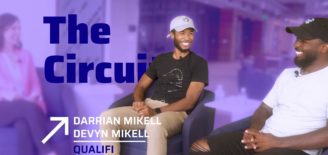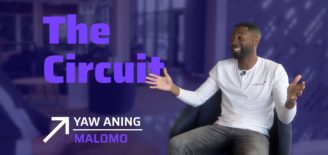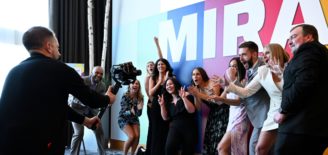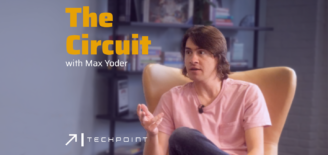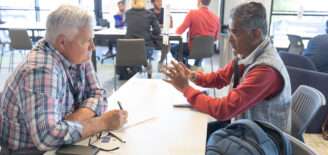Kyle Potts believes in the creativity and artistry of programming
Born in Highland, Ind., Kyle found his passion for technology not in a classroom but in a dumpster. When he spotted the old discarded computer, he took the opportunity to learn more about it by attempting to boot it up. Eighth grade Kyle didn’t have the resources to purchase a new operating system for the machine, so he sought out anything else that would help him bring it back to life. That’s when he discovered his beloved Linux OS, a free and accessible tool to spark his interest in technology.
Kyle attended Purdue University after high school and majored in Computer Science. “I remember trying to make the decision between computer engineer and computer science at Purdue. Computer Science seemed to be more rooted in a theoretical mathematics basis while Computer Engineering seemed to be rooted in a physics basis.” Having much more of an affinity for math over physics, the decision was easy for him.
In school, Kyle cultivated an opinion about programming that goes against what most people think it’s like to code. Never having had a particular talent for traditional arts like music or literature, Kyle found his creative outlet on a computer screen. “Each problem that occurs in a project you are working on requires a creative solution in which you need to keep a tangled mess of wires of thought in mental context as you create a solution. It is really a mental and creative exercise each time I open my code editor.”
Kyle brought this point of view to each of his pre-grad professional development opportunities including an internship at Purdue Calumet with the Center for Innovation Through Visualization and Simulation. There he worked on an application for Google Glass that would assist nurses with their daily routine by pulling medical records and answering medical issue inquiries like “OK Google, tell me about third degree burns.” Next, Kyle took his talents to TechPoint’s own Xtern program through an internship with Angie’s List and began a relationship with the company that he continues today in the Indy Tech Fellowship.
At Angie’s List, Kyle is one of only a handful of fullstack developers, meaning he works on both the backend of the product as well as the visual side, the frontend. “On the backend side, I create APIs which provide information for pages on the Angie’s List website and mobile app like Login, Message Center, and Service Provider Store. On the frontend side, I create the UI and the data flow path for API calls responses for the pages mentioned above. In the backend we use Scala, and on the frontend we use React + Redux.”

What about the Tech Fellowship program appealed to you?
Being around like-minded individuals who have a passion for being better developers appealed to me. Programming is a creative experience, and if you look at other artists, you tend to see that they always stick around each other, and they bounce ideas off one another. In general, everyone ends up benefitting from the fact that everyone around them is pushing them to be more creative and to be better at what they do. That is what I hoped to get out of the Fellowship.
Tell us about your 9-to-5 Tech Fellowship experience.
As far as technologies go, the main new things I have gained experience with are Kafka and ElasticSearch. Kafka is a stream processing software that allows you to create an event-driven system in which multiple applications can respond to a certain event. ElasticSearch is a search engine in which we put text-based content that you can query, which is very useful when you need to search a list of something.
As far as workplace skills go, I’ve learned a lot about how to explain technical topics to non-technical people. As a developer, you see things in a different light than other people do, and you have to be able to give feedback about new ideas and how easy they would be to implement technically. That requires a lot of careful consideration as to how to present that information without diving into the deep technical aspects of the problem.
What is Indy’s competitive advantage in attracting young talent?
Indy needs tech talent. Because of that, there are less crazy interview tactics happening in Indy than what you see in the Valley or in Seattle. In school, my interview prep for companies out West required me to be ready to pull out algorithms like Breadth First Search or Quick Sort at a moment’s notice. Then once you started doing actual work at the company, you would use none of that on the job.
In Indy, people are more practical. They want to know that you are familiar with the technologies they use and whether you can you learn quickly if you don’t. Can you actually solve a real problem that the company is facing and not just regurgitate the same algorithmic solution to the same problem asked by everyone who has read Cracking the Coding Interview?
What is your favorite Indy food?
St. Joe’s has a fantastic open face meatloaf sandwich. It’s bread on the bottom, a scoop of mashed potatoes on top, and then a big piece of meatloaf on top of that. It comes with french fries, and it is amazing.
What’s on your must-see and must-do lists?
An Indy 500 race is a good first start. Pacers or Colts games would work too if you are into sports. The Red Bull Air Race is pretty awesome, and so is going to the Fashion Mall.
Where do you see yourself at the end of the fellowship?
I’ve debated on going back to school. I’ve always had an interest in compiler and language design. I always find myself reading about new computer languages and how they make a programmer’s life easier. I’ve looked into going to schools like IU, which has a decent Programming Language Graduate track, but I am still unsure. If I don’t go back to school, then I think I would continue to work for Angie’s List. I would also love to work at a job where functional programming was a hard focus.

